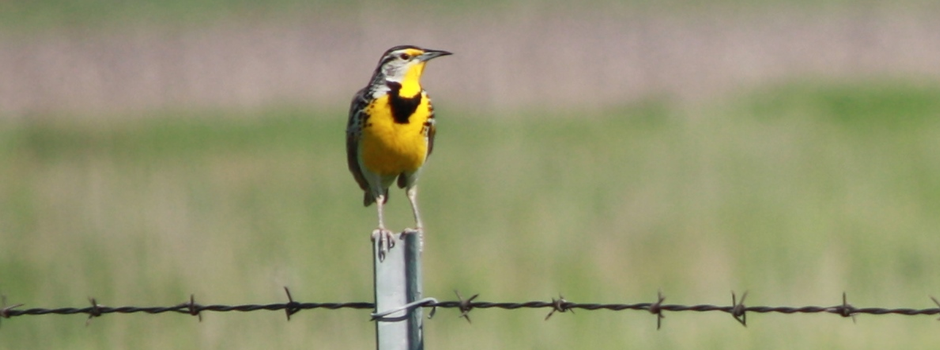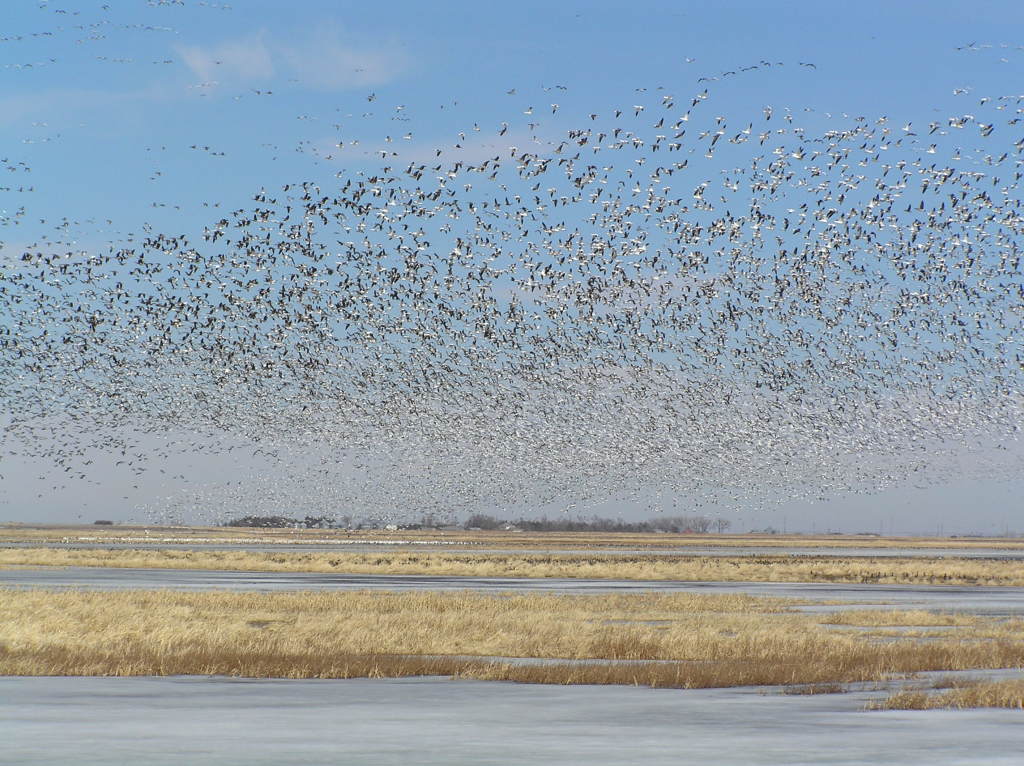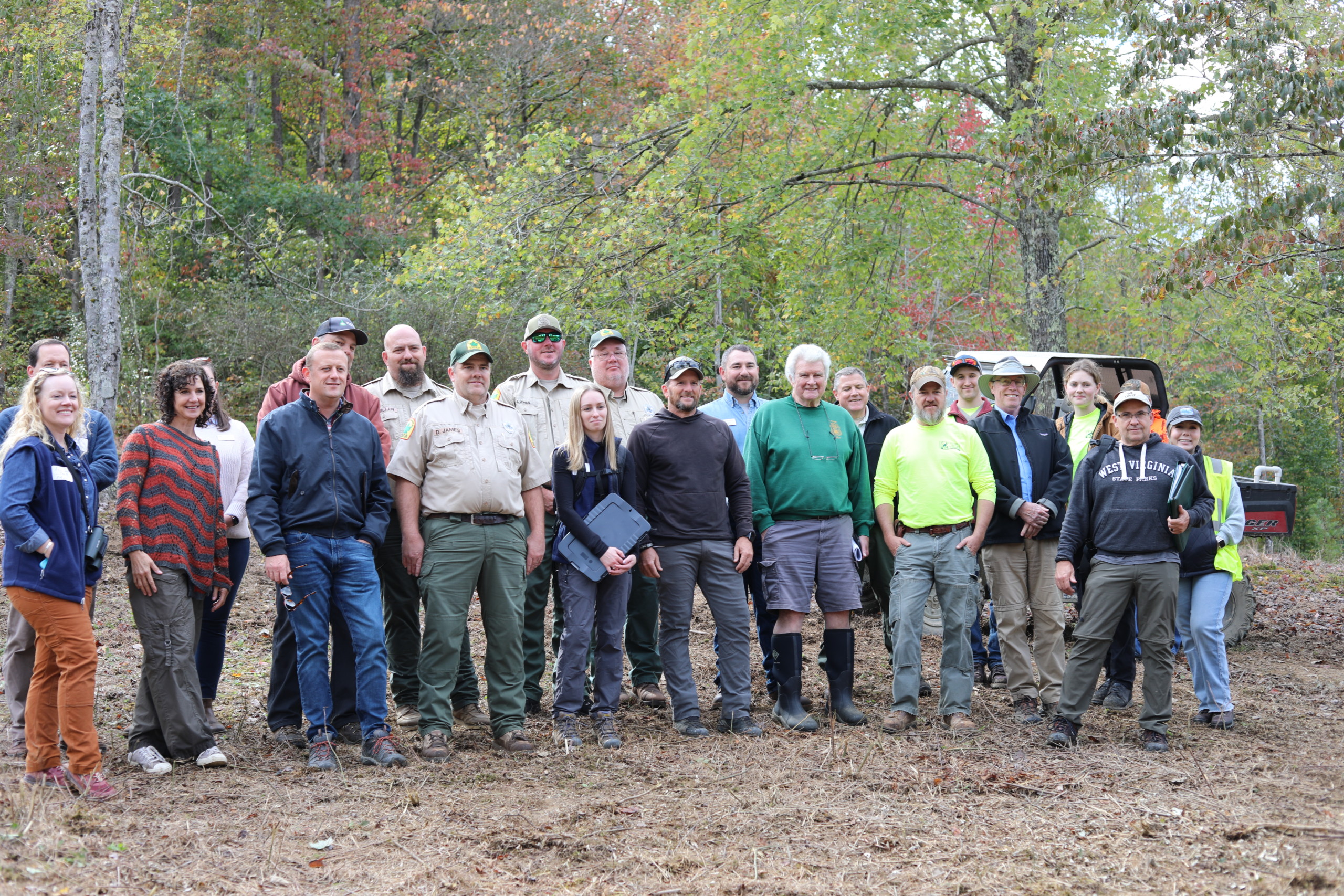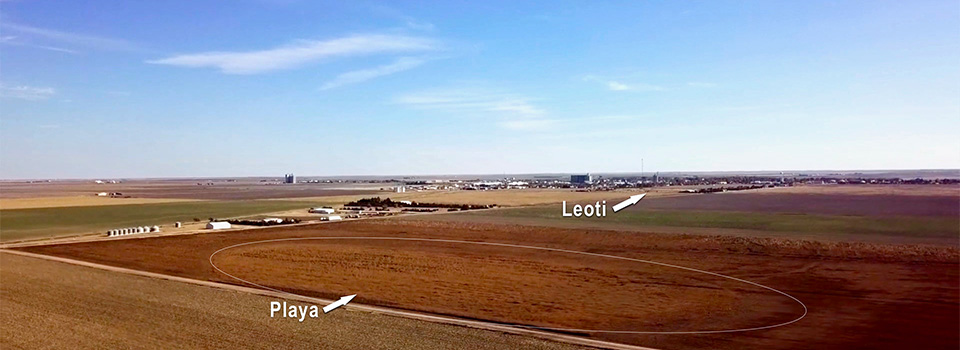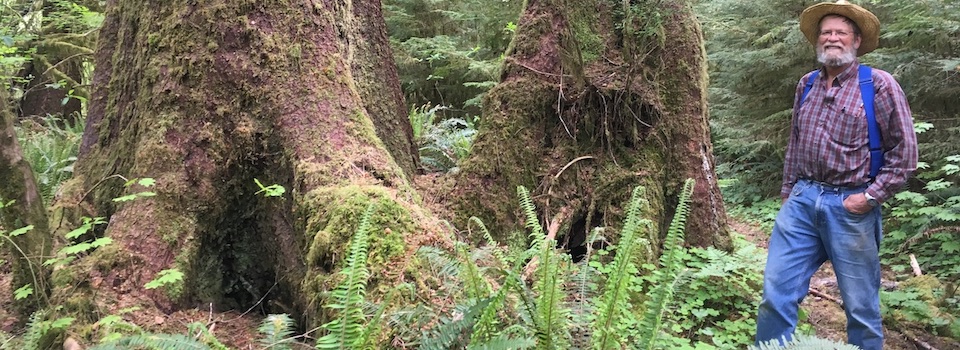The Rainwater Basin Joint Venture continues to make steady progress in improving wetland habitat in south-central Nebraska, thanks in part to four grants from the Nebraska Environmental Trust, which total over a half million dollars for 2015.
The 160 mile wide Rainwater Basin wetland complex provides spring migration habitat many birds. An estimated seven million ducks, millions of geese, and hundreds of thousands of shorebirds use this area. Whooping cranes also use the western Rainwater Basin wetlands as stopover during migration.
As habitat declined in the second half of the twentieth century, birds became more concentrated. By the 1980s, row-crop agriculture had converted about 90% of the region’s wetlands. Invasive plants, sedimentation, draining, and other alterations degraded remaining wetlands.
But wetlands in the region found a friend in the Nebraska Environmental Trust (Trust). Since the 1990s the Trust has been one of the Rainwater Basin Joint Venture’s major partners. Together they work to restore, improve, and maintain wetlands in the Rainwater Basin.
The Rainwater Basin Wetland Habitat Enhancement and Restoration grant is the largest
The largest of this year’s grants is the Rainwater Basin Wetland Habitat Enhancement and Restoration grant. Now in its third and final year, the grant has provided $350,000 annually for habitat projects and other conservation measures on public and private lands across the region.
Some of the measures are quite simple. For example, installation of fencing and watering facilities allows cattle to graze in wetlands. Managing grazing helps maintain wetlands in ways that benefit migrating waterfowl.
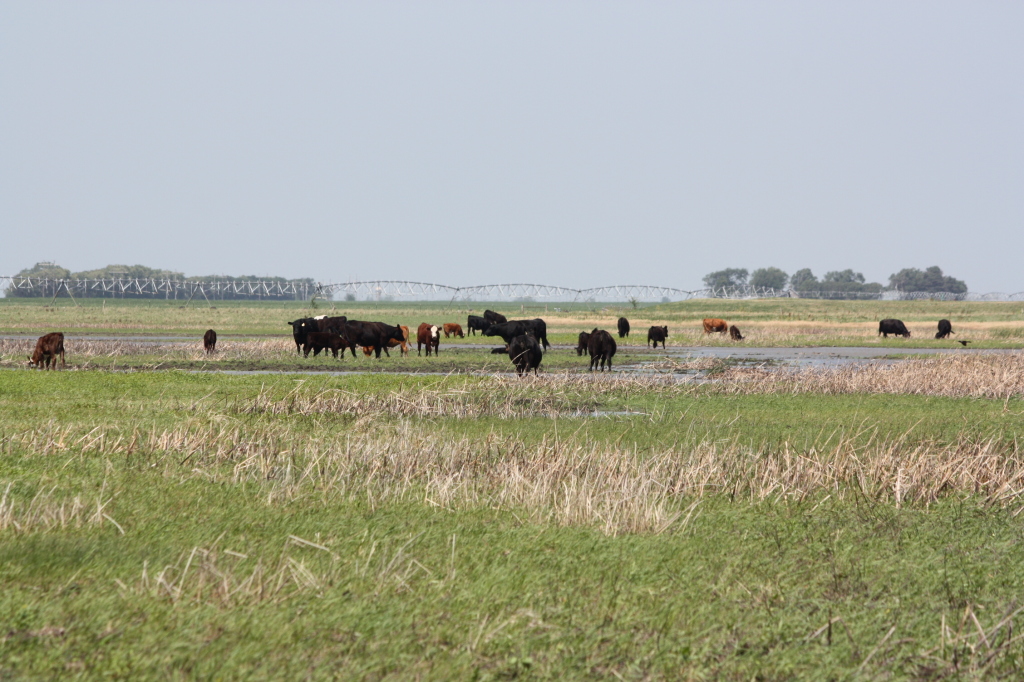
Nebraska Environmental Trust grants have funded miles of perimeter and cross-fencing, as well as watering systems to that grazing cattle can be used to help manage wetlands.
More complicated–and costly–are projects to restore wetlands’ natural hydrology. This includes filling “concentration” pits that capture water and dry out the surrounding ground, eliminating road ditches, recontouring waterways, and removing dikes that limit water’s spread. The 2015 grant funds will help to excavate sediment, remove dikes, and fill pits and road ditches in the watersheds of at least six Waterfowl Production Areas.
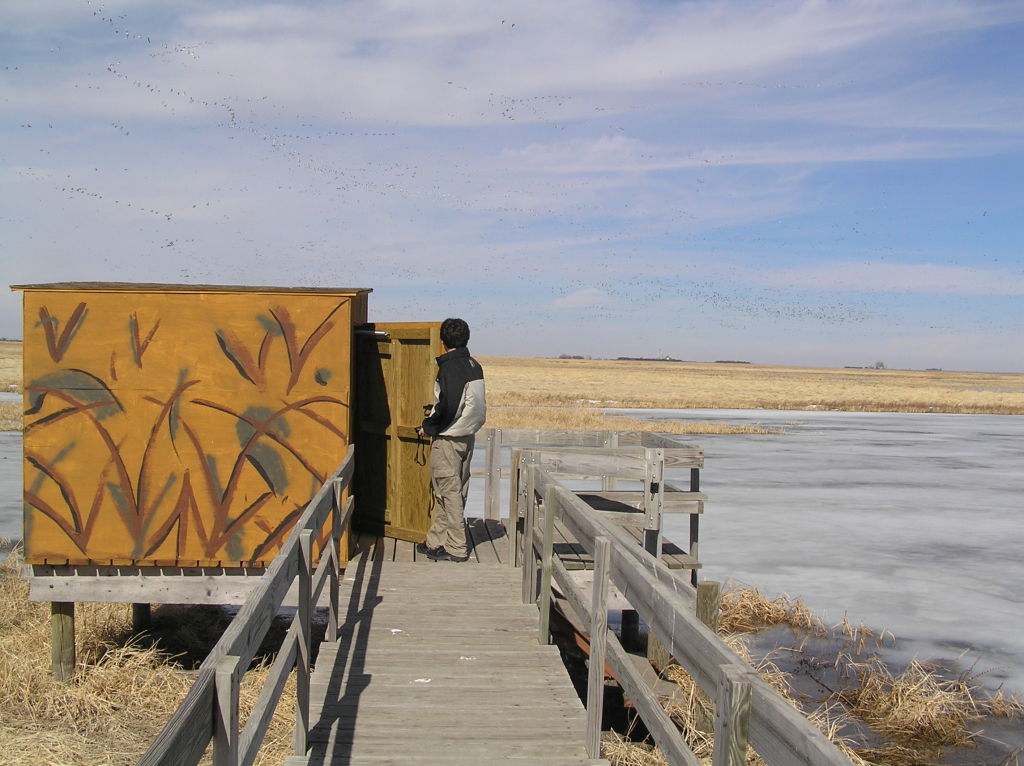
In 2014, funding from NET and Ducks Unlimited allowed for removal of a 6,400-foot dike, thus restoring 160 acres of wetland habitat at Funk Waterfowl Production Area. The region’s largest WPA is a favorite destination for both waterfowl hunters and birdwatchers.
Dollars from the Nebraska Lottery fund the Nebraska Environmental Trust. Since 1992 the Trust has provided over $200 million to conservation projects across Nebraska. Rainwater Basin Joint Venture coordinator Andy Bishop notes that Trust grants provide crucial matching funds that help the Joint Venture partnership apply for federal grants and programs. “The Trust’s longstanding support helps us leverage funds from other sources so we can maximize the amount of work that every conservation dollar accomplishes,” says Bishop.
Learn more about the work of the Rainwater Basin Joint Venture by visiting their website.



